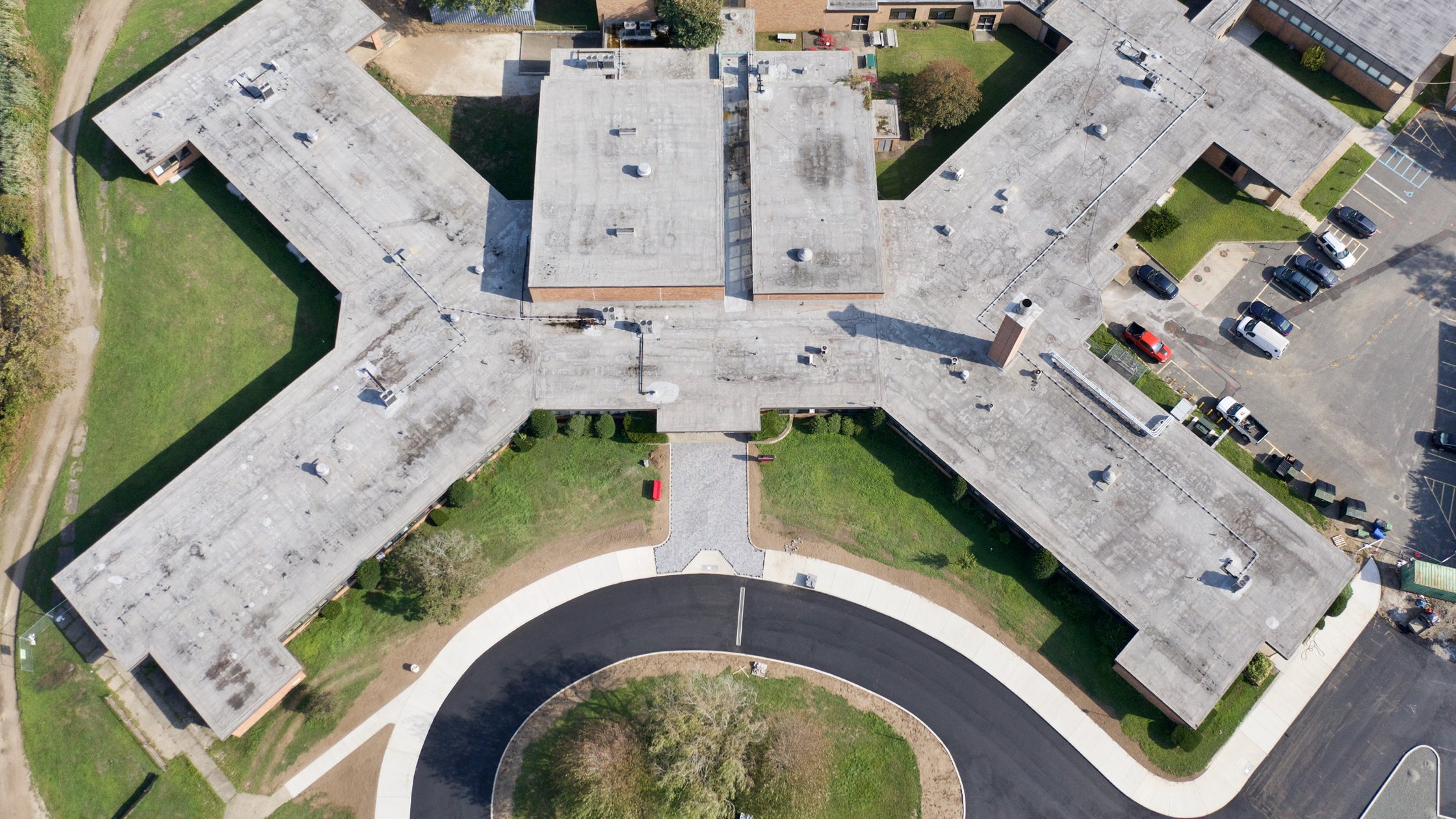Whether you’re developing a new playground or maintaining a current one, these suggestions + checklists can help better protect your students.
Playgrounds are an essential part of any school. They give children the opportunity to have fun while growing and developing physically, socially and intellectually—and they also serve as a much-needed break from the classroom. They offer students a place to spend time together and make lasting memories and friendships. Unfortunately, while they have their benefits, there are risks that could spring up around your school’s playground that you won’t want to let slide.
Did you know that more than 200,000 children ages 14 and younger go to the emergency room with playground-related injuries each year? More than 20,000 of these kids are treated for a traumatic brain injury, including a concussion. Maintaining a safe environment for kids to play can help minimize injuries, and if you’re looking to develop or revamp a playground at your school, you’ll want to keep these 3 elements at top-of-mind:
1. Age Appropriateness
A child’s needs and abilities will vary greatly from pre-school age (2-5) to school-age (5-12). Ensure playground equipment is appropriate for the age of the intended user and separate play areas meant for different ages and stages of development.
2. Supervision
Because improper supervision is associated with approximately 45% of playground-related injuries, design play areas so teachers and staff can easily oversee students.
3. Fall Surfacing
Because nearly 80% of playground injuries are caused by falls, improper surfacing should be a top concern. To help reduce the risk of injury when a child falls from playground equipment, the type of fall-absorbent material, the depth of the material and regular maintenance will be important factors.
Regular inspection of your playground will be the key to supporting a safe place for students to play. Terry Barlow, Client Risk Solutions Industry Specialist for Glatfelter Public Entities, states, “The most concerning issue I see when visiting playgrounds is the apparent lack of basic inspections. In my opinion, an inspection, which only takes a few minutes and can be completed by anyone on staff, will help strengthen safety programs and prevent playground injuries.”
How often are you inspecting yours? Thorough inspections should be completed frequently, and if repairs can’t be made immediately, equipment should be removed from service until fixed.
When completing your inspection, here are a few things you’ll want to make sure are included in your checklist:
- Ensure surfaces around playground equipment have at least 12 inches of wood chips, mulch, sand or pea gravel. Mats are another alternative as long as they’re made of safety-tested rubber or rubber-like materials.
- Protective surfacing should extend at least 6 feet in all directions from play equipment. For swings, surfacing should extend twice the height of the suspending bar in the back and front.
- If play structures are more than 30 inches high, make sure they’re at least 9 feet apart.
- Be on the lookout for dangerous hardware such as open “S” hooks or protruding bolt ends and sharp points or edges on equipment.
- Spaces that could trap children, like guardrail openings or openings between ladder rungs, should measure less than 3.5 inches or more than 9 inches.
- Look out for tripping hazards such as exposed concrete footings, tree stumps and rocks.
- Elevated surfaces, like platforms and ramps, should have guardrails to help prevent falls.
- Regularly check to ensure equipment and surfacing are in good condition.
Following an inspection, be sure to retain records of each assessment, issues that arise and repairs that take place.
The playground is a place where your students can come together and bond. It can play an essential part in their development and its upkeep should never be overlooked. Keep in mind that these self-inspections are just one part of a complete maintenance program, but a great start to keeping your students safer.

Richie Almeida, Integrated Marketing Specialist
Richie is an avid movie goer with an addiction to Sour Patch Kids. If he isn’t at the movies, he is at the gym or on a hike trying to make up for his bad eating habits.
DISCLAIMER
The information contained in this blog post is intended for educational purposes only and is not intended to replace expert advice in connection with the topics presented. Glatfelter specifically disclaims any liability for any act or omission by any person or entity in connection with the preparation, use or implementation of plans, principles, concepts or information contained in this publication.
Glatfelter does not make any representation or warranty, expressed or implied, with respect to the results obtained by the use, adherence or implementation of the material contained in this publication. The implementation of the plans, principles, concepts or materials contained in this publication is not a guarantee that you will achieve a certain desired result. It is strongly recommended that you consult with a professional advisor, architect or other expert prior to the implementation of plans, principles, concepts or materials contained in this publication.
This blog post may contain the content of third parties and links to third party websites. Third party content and websites are owned and operated by an independent party over which Glatfelter has no control. Glatfelter makes no representation, warranty, or guarantee as to the accuracy, completeness, timeliness or reliability of any third party content. References to third party services, processes, products, or other information does not constitute or imply any endorsement, sponsorship or recommendation by Glatfelter, unless expressly stated otherwise.
Related posts
Help ensure your school's roof is protected against seasonal risks by prioritizing inspections and preventative maintenance.
How you can help protect your most important asset: your people, and how to help them set up their insurance benefits so that they reflect their wishes.
Consider these best practices to avoid significant property damage, costly repairs and potential interruptions to your school day due to pipe freezing.








Submit a Comment